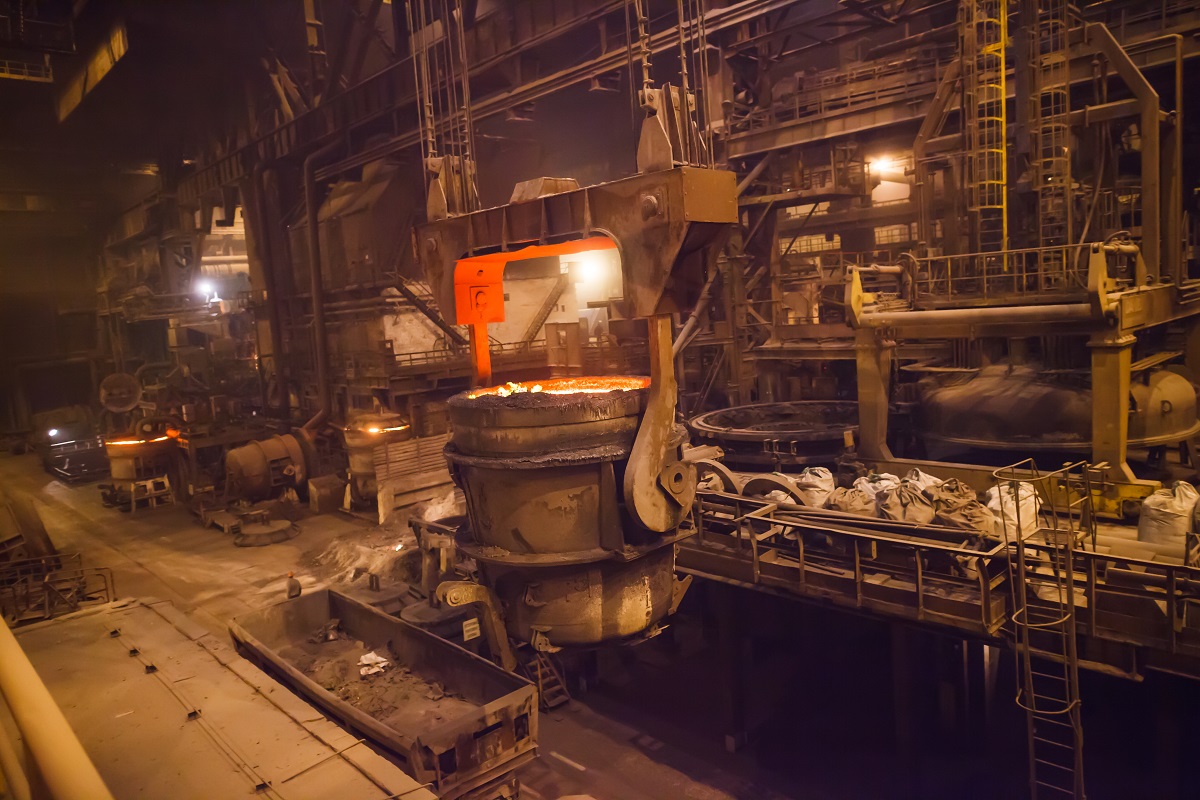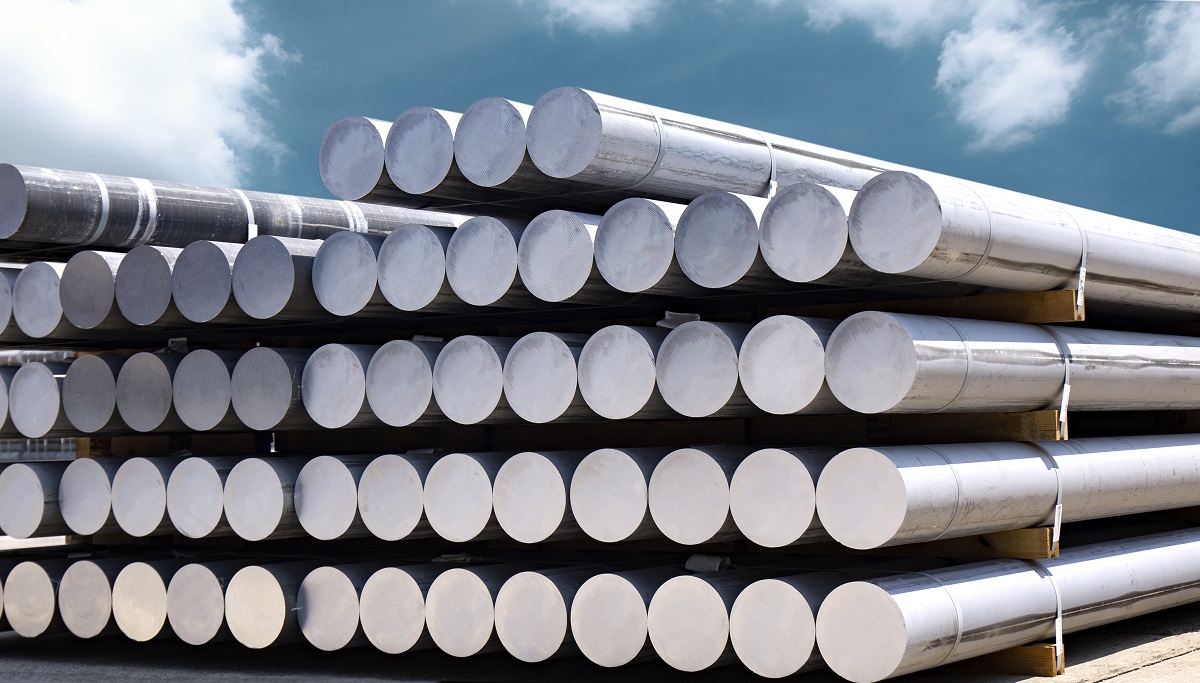How do you smelt aluminum?
- What is smelting
- The Bayer process
- The Hall-Héroult process
- Applications of extracted aluminum
Aluminum alloys are some of the most widely used metal alloys in the world for the purpose of manufacturing. This is due to its special qualities that have enabled the technological advancements of a number of industries such as aerospace manufacturing, the automotive industry, as well as the construction industry. Similar to its local stainless steel counterparts, manufacturers often use aluminum due to its good flexibility, optimal strength-to-weight ratio, and recyclability.
Despite all that can be said about the flexible alloy, it is also important to know the essential processes involved in their life cycle from creation to production, and eventually, their end of life and recycling phases. In particular, smelting is one of those processes that most people aren’t too familiar with despite its relative importance in the production of various metal alloys. To help update your knowledge on aluminum smelting specifically, here is what you need to know.
What is smelting
Put simply, smelting is the core process behind the extraction of aluminum and without it, it is near impossible to do so. While aluminum is the third most abundant element in the earth’s crust (accounting for about 1.59% of the planet’s mass) after oxygen and silicon, it is rarely found in its natural form.
Pure aluminum is highly reactive and easily bonds to the elements that can be found near it. The most common elements it bonds with are the previously mentioned oxygen and silicon, forming oxides and silicates (respectively) that usually found bound to rocks in a polymorphic state. Common aluminum-containing minerals include garnet, turquoise, beryl, and cryolite. However, the mineral bauxite is the one that is responsible for its commercial viability and is the mineral involved in smelting. This is because it has high aluminum content and is relatively low in impurities. In terms of yield, it takes about 4 tons of high-quality bauxite to produce 2 tons of alumina, from which 1 ton of aluminum can be made.
The Bayer process

The smelting process, which converts bauxite into pure aluminum, has two distinct steps. The first is called the Bayer process, named after Carl Bayer who developed the process in 1888. This method is used to extract alumina (aluminum oxide) from the bauxite. Bauxite ore is comprised of hydrated aluminum oxides that are mixed with other elements such as iron. The ore is heated in a pressure vessel while caustic soda, a sodium hydroxide solution, is added at a temperature between 150 and 200 degrees Celsius.
This process extracts the aluminum in the ore through dissolution and produces the soluble sodium aluminate while the rest of the compounds in bauxite remain in their solid form. The impurities of the resulting sodium aluminate are filtered through a rotary sand trap or other sifting methods. From there, aluminum hydroxide is precipitated from the sodium aluminate, which is then calcinated to produce alumina.
The Hall-Héroult process
The next major step is called the Hall-Héroult process which is an electrolytic process that was developed by Charles Hall and Paul Héroult in 1886. This process involves the dissolution of the alumina in molten synthetic cryolite, an uncommon mineral that makes the dissolving process easier thanks to its lower melting point and electrical conductivity.
This is where the electrolysis begins, where the liquid aluminum will be deposited at the cathode. The oxygen from the alumina will combine with the carbon to produce carbon dioxide. Usually, aluminum smelters require a great deal of electricity to execute properly. This is the reason why smelters are built near large power stations. It is also not uncommon to see smelters near ports because alumina is usually imported from other countries.
From there, the molten aluminum can be poured into molds that form the standard factory ingot. At this stage, the aluminum is about 99.8% pure and can now be used to make a wide variety of aluminum alloys or be further refined to produce superpure aluminum (99.99% pure).
Applications of extracted aluminum

Once the extraction process is done, aluminum can be used for a wide variety of applications. The most apparent application is in the construction and manufacturing industry. Just like local stainless steel, products and structures made using a form of aluminum alloy are almost always maintenance free because of its inherent corrosion resistance. Meanwhile, superpure aluminum is used in the electricity/electronics industry as an excellent conductor of electricity.
Key Takeaway
As you’ve read, it is not that simple to extract aluminum. Thanks to the development of smelting during the late 1800s, the world gets to enjoy the benefits of using aluminum for all the purposes stated above and more. As technology continues to develop, the smelting process at all stages will eventually become more effective and efficient. This will result in cheaper alloys on the market and more innovation with regards to its use.